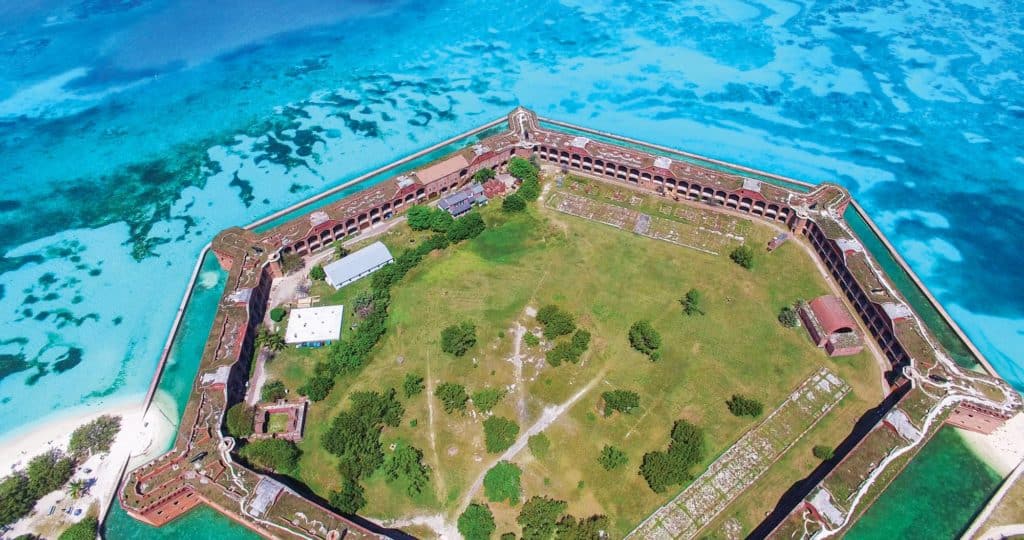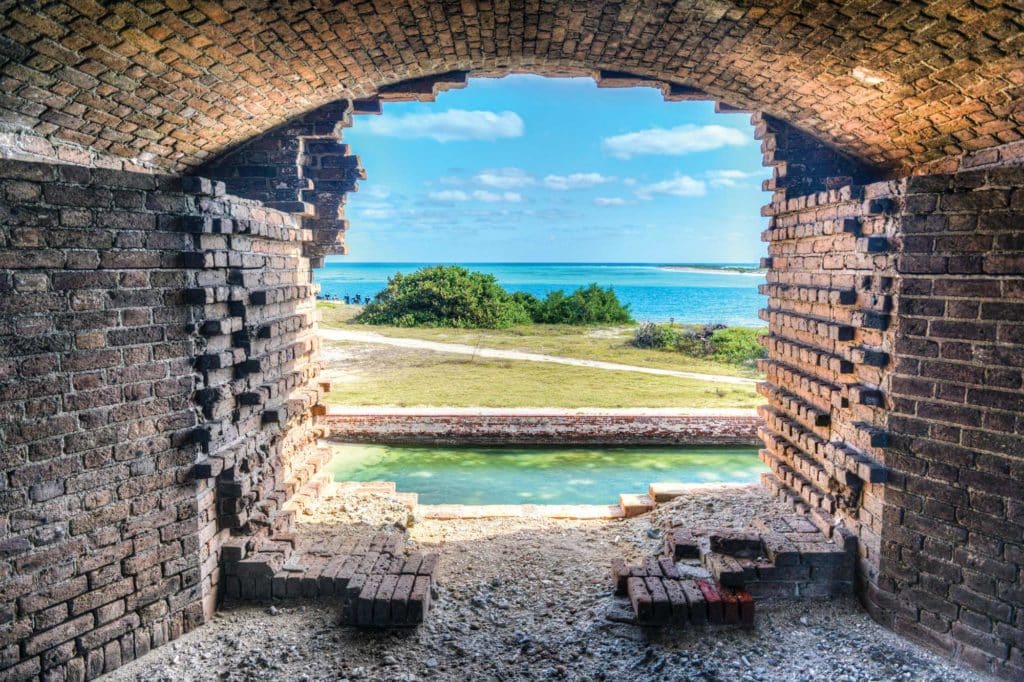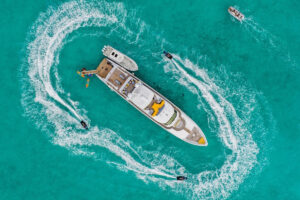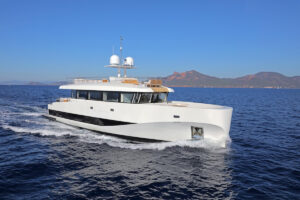
Often, the idea of visiting a cruising destination that’s only accessible by boat or seaplane becomes an endurance test on many levels. What makes the 100-square-mile Dry Tortugas National Park different is that it lies just 70 miles west of Key West, Florida. The seven small islands are accessible during a long weekend aboard all kinds of boats.
In fact, boats have been coming here for centuries. Explorer Ponce De León visited in 1513, and throughout the 17th and 18th centuries, pirates would hide out here to attack ships in the Gulf of Mexico and Straits of Florida. The US government, wanting to protect ships headed for the Mississippi River basin, began construction in 1846 of Fort Jefferson, which is part of the national park that boaters can tour today.
These days, the islands are serene and uncrowded outside of the most touristy days and times, but back then, they were crawling with some 1,700 soldiers and notorious prisoners of the era. Convicts who would stare out from the fortress and into the blue sea all around included Samuel Mudd, the doctor who treated the leg of John Wilkes Booth after he assassinated President Lincoln.
The military maintained a presence until 1874, when increasingly powerful weapons made the brick structure obsolete. Nature reclaimed the islands, and in 1908, all the nesting birds led to the designation of a wildlife refuge. The fort has been a national monument since 1935, and in 1992, the islands were designated as a national park. There are now picnic tables where soldiers used to perform their exercises, and the protected waters where warships used to patrol are currently home to blossoming coral reefs and active marine life.

The birds are still all around too. Depending on the season, boaters can break out their binoculars to spot masked and brown boobies, double-crested cormorants, brown pelicans, frigate birds, Caribbean short-eared owls, shiny cow birds, warblers, thrushes, grosbeaks, cuckoos, and white-tailed tropic birds.
Fort Jefferson itself is on Garden Key and is open for tours. Boaters need to stop by the park headquarters to pay an entrance fee and receive a boat permit, and then they can explore the fort, which is slowly but surely succumbing to the saltwater environment. Wrought iron used in the fort’s construction has rusted and expanded, pushing apart the bricks and causing structural damage. The National Park Service is letting nature take its course, stabilizing instead of reconstructing parts of the fort so they’re safe to tour now and for generations to come.
It’s possible, for instance, to stand and stare out a hole in the brick that may have been a barred window back when Mudd was imprisoned here. Such spots combine American history and natural beauty in a way that’s hard to find anywhere else—all within a few hours’ cruising distance of modern civilization.
Strategic Location
Though larger ships could avoid the biggest guns the US military installed at Fort Jefferson, they could not avoid the warships that patrolled the harbor and waterways all around.
Touring Fort Jefferson
Self-guided tours are available for Fort Jefferson year-round from sunrise to sunset, with interpretive signs around the structures. Numerous tour operators hold licenses to provide guided tours, not just of the fort but also of the surrounding waters for fishing, diving, snorkeling and viewing wildlife. Boaters can find more information at the Garden Key Visitor Center, which is open daily from 8:30 a.m. until 4:30 p.m. on the same island as the fort.









